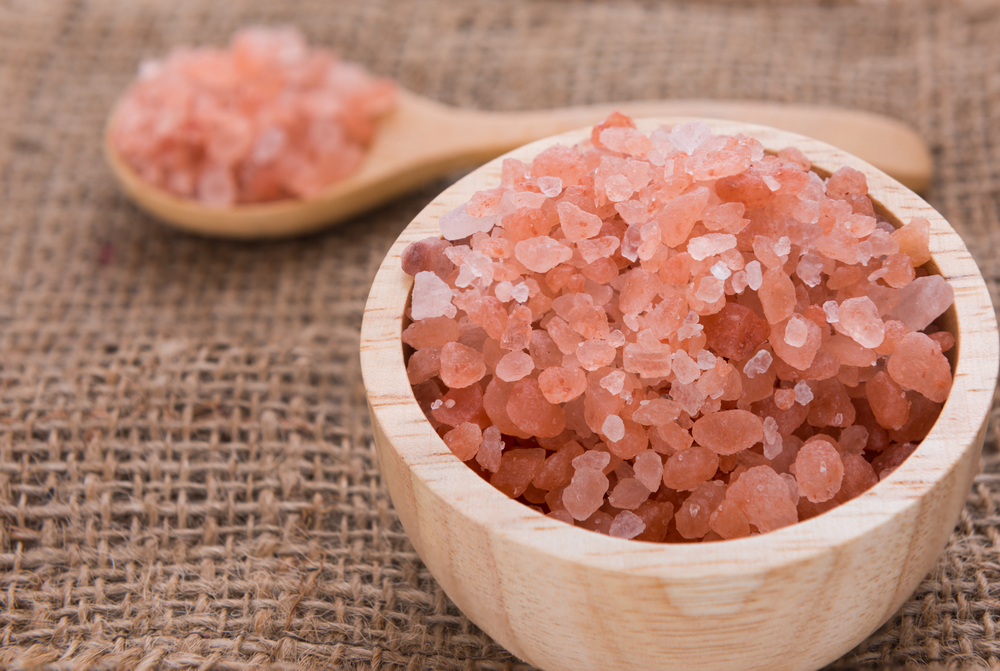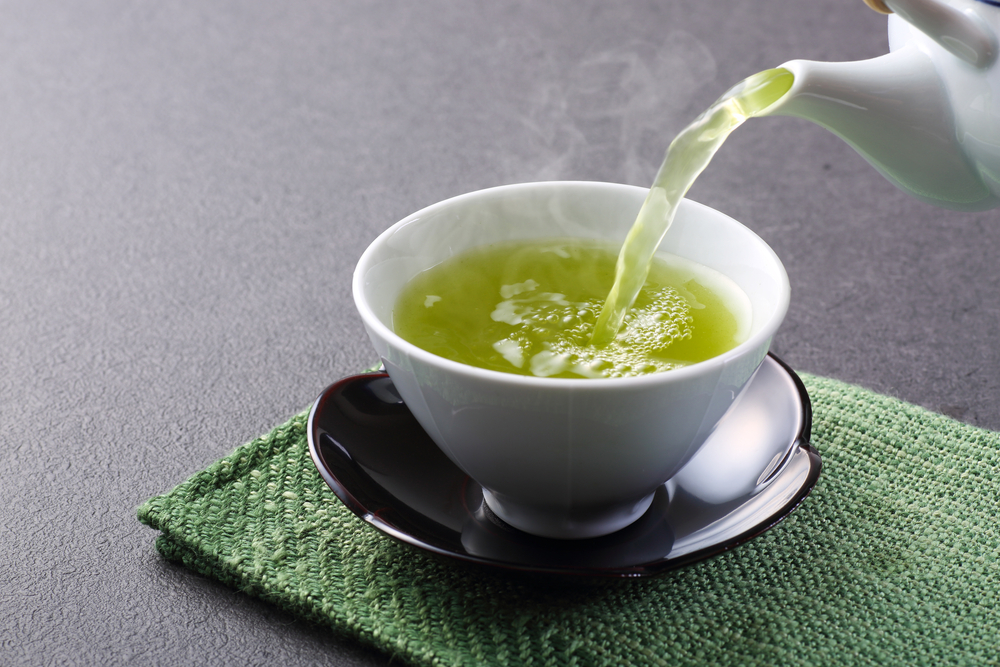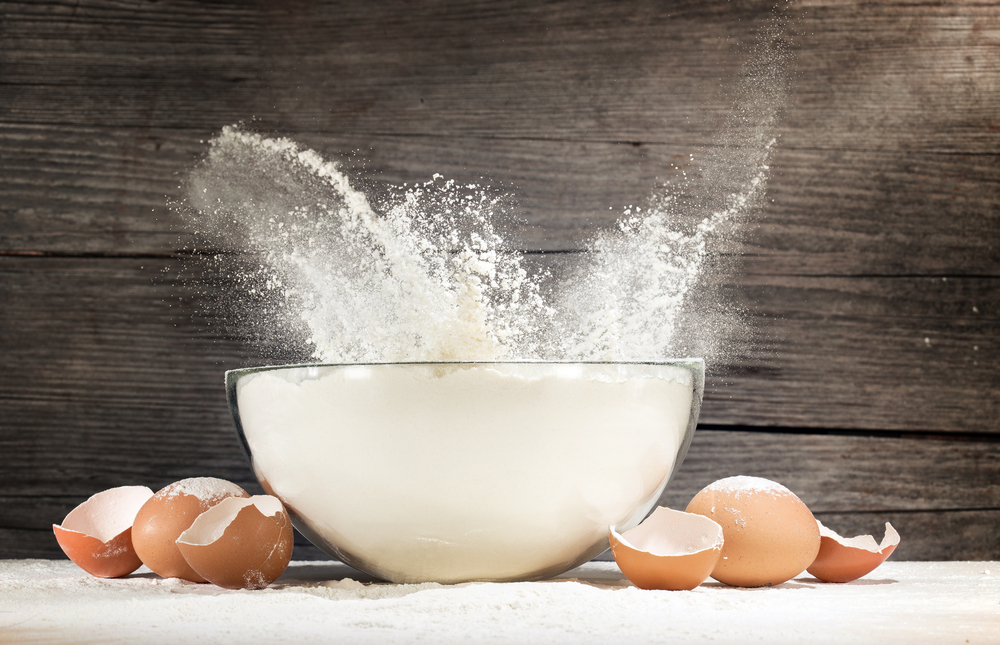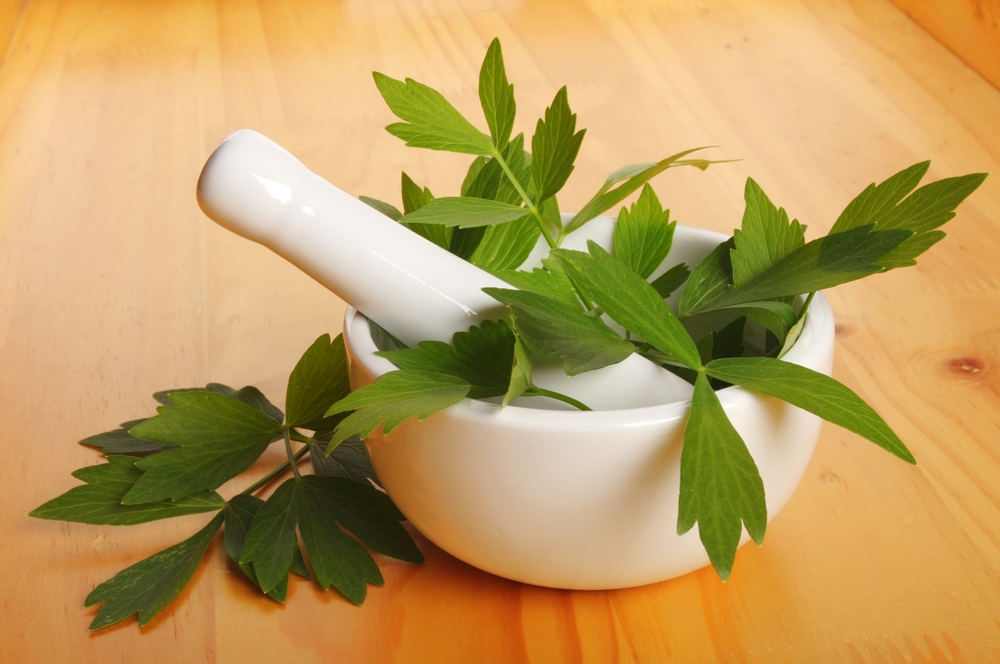Celery leaves are a great addition for tons of dishes. Great in soups, pestos, salads, and seasoning salts, they’re a fun garnish. Using celery leaves is especially great for when you’re trying to get everything you can out of those greens in your fridge.
If you’re trying a new recipe that calls for celery leaves, and you don’t happen to have some, this is for you. Remember, everything on a plant has a purpose, even those flakey leaves. So why not something else you didn’t know you could?

Need a celery leaf? Luckily for you, nearly every green thing grows leaves. Plenty of those will do just fine, and these are the top recommended. Use other parts of celery, like the stalks or seeds, or celery salt. You can also use fennel, parsley, cilantro, and carrot greens.
All of these will work in place of celery leaves, so read through and pick what sounds best. Or easiest, there’s no shame in that!
Other Celery Parts
It makes sense that if something calls for celery leaves, other parts of the same plant are a safe replacement. That’s totally true here. There are the best parts of the celery to use in place of the leaves.
Celery Stalks
The stalk of a celery plant will give you a very similar flavor to celery leaves, with a few minor differences:
- Celery stalks are much crunchier and thicker than celery leaves.
- A tip for dealing with this is: cut your celery stalks very fine to give them as little crunch as possible. This will give them a texture similar to celery leaves.
- The flavor of celery stalks is milder, and often sweeter than celery leaves. This means that your celery stalks won’t give as much flavor as those celery leaves would.
- A tip for dealing with this is: use more stalk than you think you need to make up for lost flavor.
Overall, the stalk of celery is your best bet if you don’t have celery leaves. You can use them in anything that calls for celery leaves.
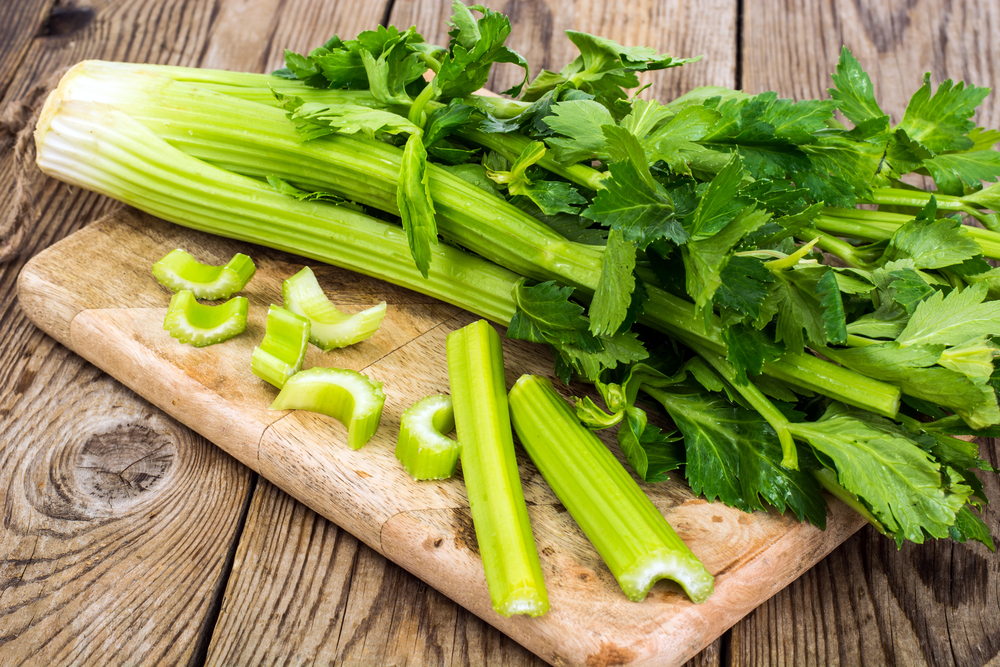
Just make sure you chop them finely enough.
Measurement
Use double the amount of celery stalk as you would celery leaves to make up for flavor. 1 cup celery leaf = 2 cups celery stalks. Start with that ratio and add to your preference.
Celery Seeds
Maybe you don’t have the fresh vegetable in front of you, but you can also use celery seeds. Finally use those leftover seeds from your garden. Or break open that herb garden pack you never started.
Celery seeds pack quite the punch when it comes to flavor. They are the concentrated essence of the celery plant, so be prepared for a lot of flavor.
There are, again, some differences when using celery seeds instead of celery leaves, such as:
- The texture you get from celery leaves is largely gone, and so is that fun green color. Using seeds gives you the opposite problem from using celery stalks.
- A tip for dealing with this is: Use extra lettuce, spinach, or leafy greens to make up for the lack of leafiness in your seeds.
- The flavor of celery seeds is highly concentrated and biting into one can give a bit of an unexpected punch.
- A tip for dealing with this is: measure celery seeds with a light hand. You can always add more flavor in salad dressings, but you can’t take those tiny seeds out once they’re in.
A close second, celery seeds are a good go-to option if you can’t nab celery leaves.
Measurement
To balance the flavor, use half the amount of celery seeds as you would use celery leaves. 1 cup celery leaves = ½ cup celery seeds.
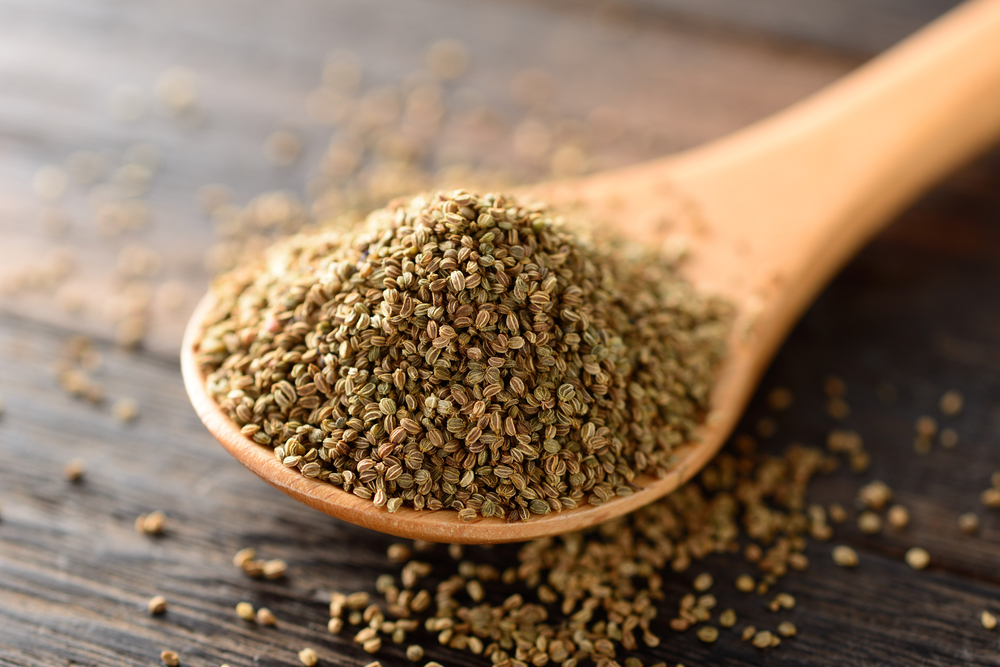
Celery Salt
If fresh veggies aren’t your speed, have no fear. The phrase ‘salt of the earth’ is around for a reason.
Skip the produce aisle and head straight for the seasonings. Celery salt is the final recommended version of celery to use instead of celery leaves.
This salt is made up of crushed celery seeds and salt, so if you want a nice salty flair, this is for you.
This choice is definitely best for soups, where you’ll just sprinkle it in. No more passing the salt for an under flavored dish.
Like the celery stalks and seeds, there are a few differences when it comes to using celery salt. Let’s unpack them:
- Like celery seeds, you lose virtually all bulk. There’s no visual appeal of using celery salt in things like salads.
- A tip for dealing with this is: Soups and other meals are your best bet for using celery salt. Measure out your celery salt and make that fresh and salty chili.
- Celery salt is just that: celery and salt. So there’s a big salty component that you add whenever you add a dash of celery salt.
- A tip for dealing with this is: don’t use as much salt in your recipe as it calls for. Less straight salt will make the extra saltiness of your celery ingredient far less noticeable.
Measurement
Be very, very careful using celery salt in place of celery leaves. The concentrated flavor will make it overpowering quickly. 1 cup of celery leaves = 1 ½ teaspoons of celery salt. Feel free to season to taste after adding your initial dash.

Who would’ve known celery comes in so many different forms.
But what if, after going through your produce drawer, you can’t find a shred of celery? Should you cancel the brunch? No way!
There are other types of leaves, seasonings, and greens that can also replace celery leaves. You don’t have to use celery to get that great, crisp taste.
Non-Celery Substitutes
Fennel
Fennel is a nice, sweet grain that can boost your dish just as well as any celery leaf can. Available in crushed, fresh, and a variety of other forms, grabbing fennel is a smart cook move.
Switching away from the celery plant does have its drawbacks. Here are the main ones:
- Like so many other options, you lose the look of having a fresh leaf on your plate. You also change the texture of your dish.
- A tip for dealing with this is: Try to use fresh fennel since that is the bulkiest form of fennel. You can also use other extra leaves to fill out the plate.
- Uncooked fennel has a sharp, anise-heavy flavor. This can greatly differ from the taste of celery leaves, and so might throw off the palate of a salad lover.
- A tip for dealing with this is: cook fennel when you are using it as a replacement for celery leaves. This will give it a much milder and celery-esq flavor.
Measurement
There is a very strong flavor profile that comes with fennel, so use half the amount of fennel as you would use celery seeds. 1 cup celery leaves = ½ cup fennel.
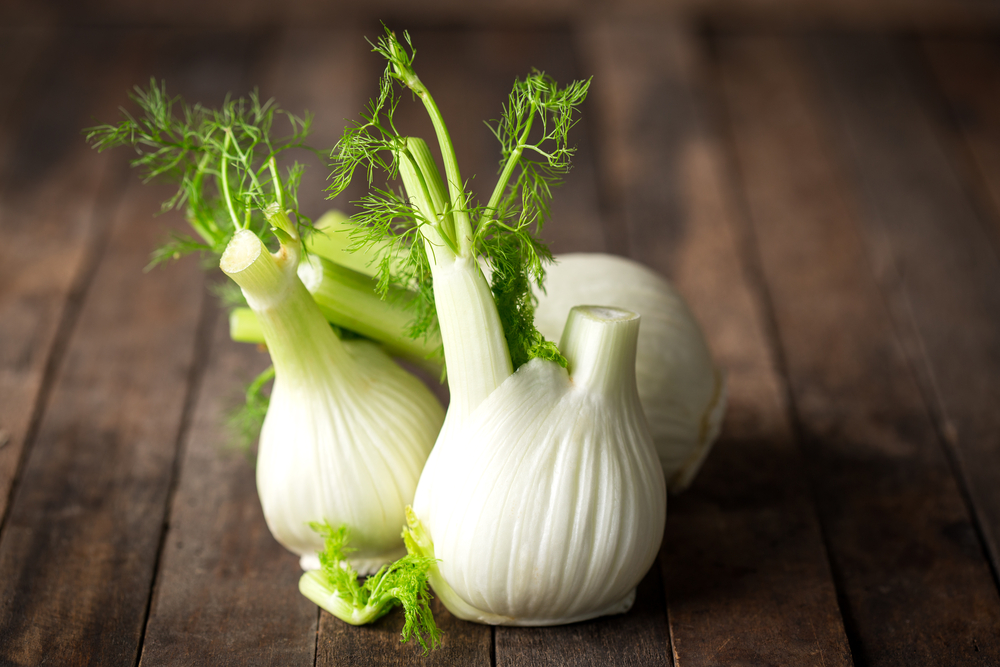
Parsley
In a bind, you can grab one of the most common leaves to be found in kitchens everywhere. Parsley is hard to avoid having at one time or another, so here’s a chance to use it to save the day!
Parsley is, you guessed it, a leaf! That gives it all the color, shape, and bulk advantages of celery leaves.
Add it to your salads, or toss it on top of a steak for a fancy garnish. You also wouldn’t hear any complaints from soups or chilis when you toss in parsley leaves.
It’s not all perfect, though. Here are a couple tricky things for using parsley instead of celery leaves:
- Parsley has quite a noticeable and bitter flavor. This will stick out if you get a mouthful, so watch out.
- A tip for dealing with this is: Try to find the freshest parsley you can. The fresher you find, the more savory and less bitter your parsley will be.
That’s really the only cause for concern when using parsley as your celery leaf stand-in.
Use parsley in whatever form you’d like, in whatever dish you’d like. Go wild!
Measurement
Use a 1:1 ratio for substituting parsley for celery leaves. 1 cup celery leaves = 1 cup parsley.
Cilantro
You’re in luck on this list, it seems. Another exceedingly common herb to have on hand, cilantro will also work when you find yourself celery leaf-less.
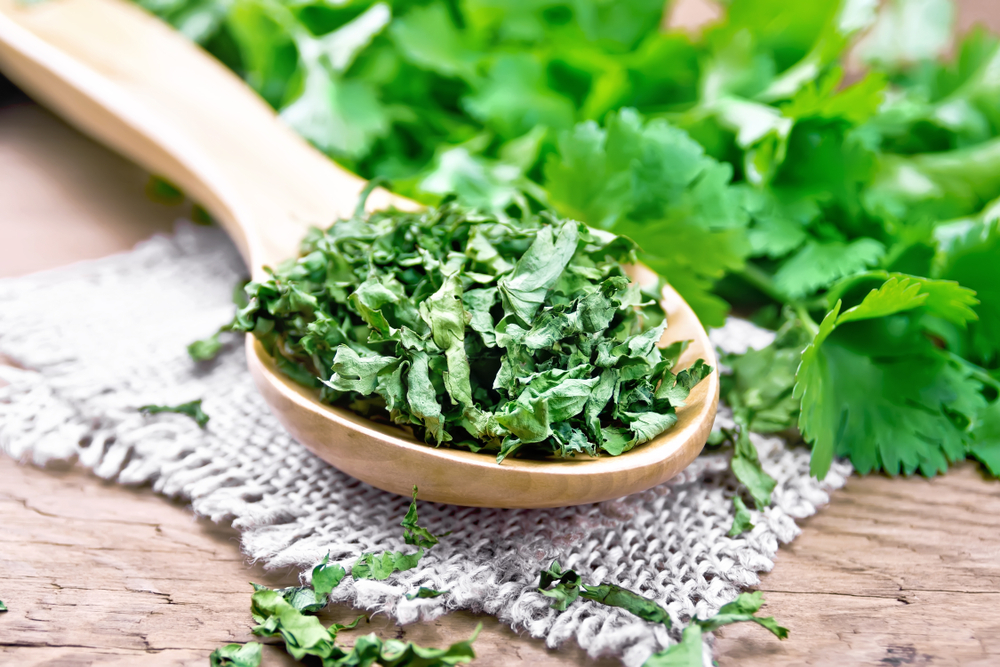
There is one use that is by far the most highly recommended for cilantro in place of celery leaves. That use is in salads or garnishes.
Cilantro is known to be quite striking with its deep green color, so enjoy feeling fancy.
Cilantro, parsley, and celery are all in the same family, which makes them good companions. But these are the difficulties using cilantro instead of celery leaves:
- The bulk can also be worryingly small using cilantro. It’s still a leafy green, but considerably smaller and thinner.
- A tip for dealing with this is to have fun with your other leaves. Toss around the spinach and lettuce heads.
- The flavor of cilantro is quite intense, so be prepared to enjoy a cilantro-y dish.
- A tip for dealing with this is: make sure that no one despises cilantro before you use this substitute. To some people, cilantro can taste like soap
Measurement.
Use a little bit less cilantro than you would use celery leaves. 1 cup celery leaves = ¾ cup cilantro.
Pro tip: Positioning cilantro as a garnish is a surefire way to feel like a professional chef.
Carrot Greens
Last, but certainly not least, on this list of celery leaf substitutes is carrot greens. The one thing that most of the non-celery substitutes have in common is that they are in the same family.
Not one to be left out, carrot greens also fall in that same family.
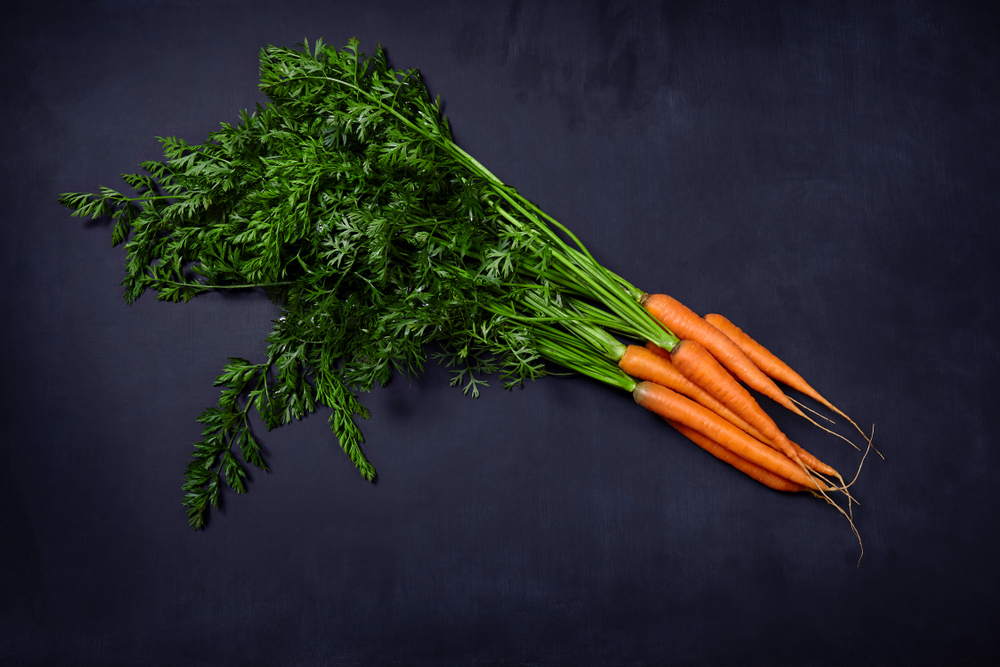
The reason why carrot greens fall last on this list is because, of all the suggestions, carrot green taste the least like celery leaves. Don’t toss the whole idea out the window though.
Carrot greens have a delicious, herbaceous flavor that will still wow. Celery has a known mellow flavor, so stepping up might even be a good thing!
Here are the dreaded drawbacks to using carrot greens instead of celery leaves:
- It’s already been mentioned, the flavor. Carrot greens, while being a delicious herb, have a distinctly bitter flavor.
- A tip for dealing with this is: check that bitterness is a flavor profile that will bit in well with the rest of your dish.
Measurement
Use the same amount of carrot greens as you would use celery leaves. 1 cup celery leaves = 1 cup carrot greens.
Conclusion
And there you have it. The best ways to substitute celery leaves. Get ready to have the best soup, salad, entree…whatever!
Although some of these suggestions are more highly recommended than others, there’s nothing wrong with using any of them. That’s why they’re on this list!
Have fun, and feel good. You’re probably eating a salad. Way to go, being healthy.


